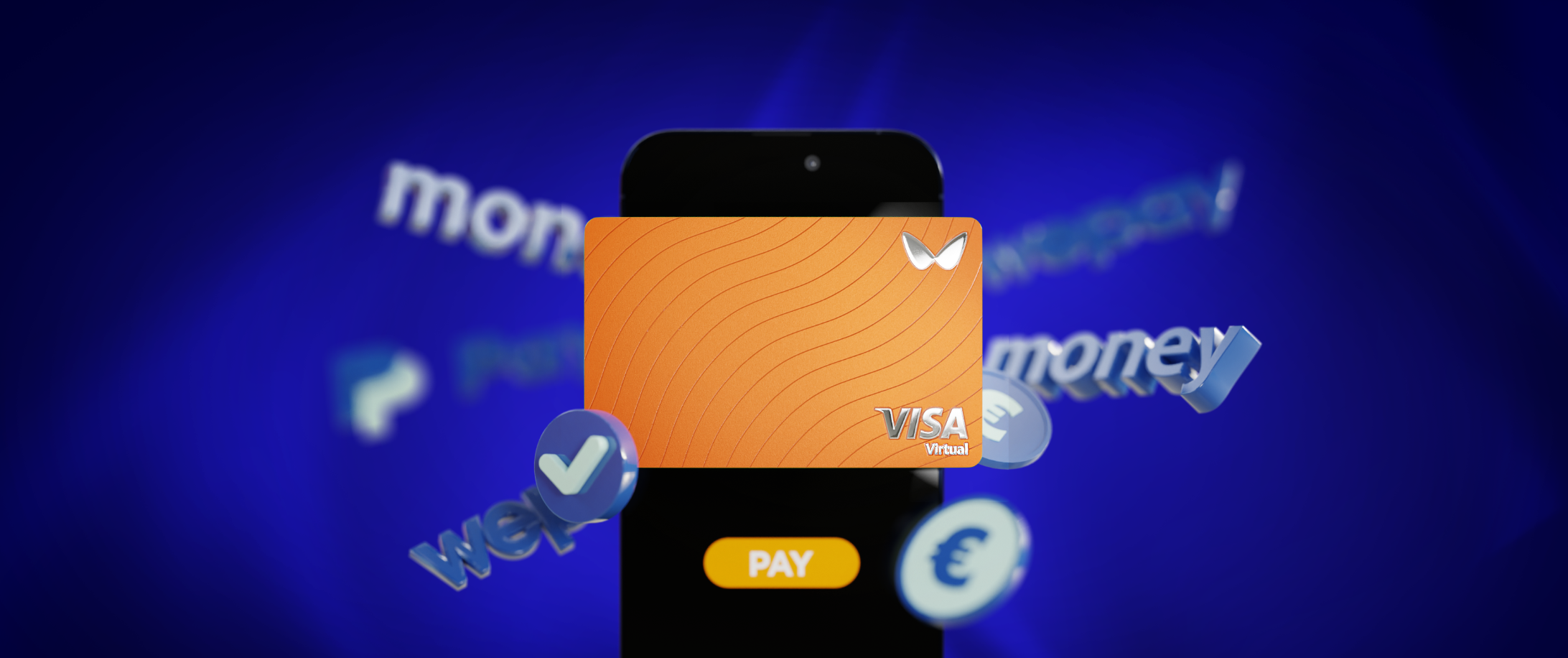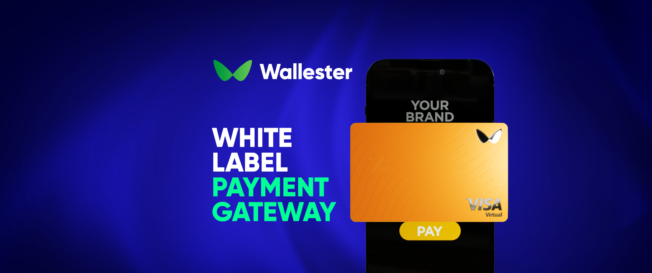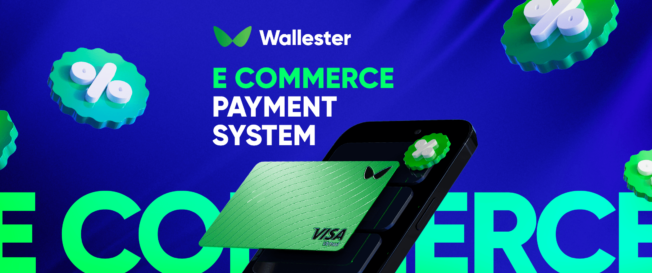Online payments are the lifeblood of modern businesses. Yet, the complexities of accepting credit cards, managing foreign bank transfers, and activating Apple Pay can overwhelm entrepreneurs striving to deliver magical shopper experiences, not technical hurdles.
Enter white-label payment gateway services – the ingenious innovation allowing businesses to instantly activate customized branded checkouts brimming with global payment choices without engineering infrastructure from scratch. 🌍✨
This comprehensive guide examines what a white-label customized solution entails, how it works, the top benefits for adopters, and key considerations when selecting a provider.
What are White-Label Payment Gateways? 💼
A white-label payment gateway is a payment processing solution powered by third-party payment service providers (PSPs) but branded as the adopting company’s service. The PSP handles all technical integration, compliance, security, and maintenance behind the scenes, while the adopting company overrides the interface with its brand logo, colors, and terminology. Owing to white-label payment gateways, businesses can seamlessly enhance their online transactions by leveraging specialized payment services tailored to their brand.
For example, a digital media platform can quickly activate Apple Pay and Visa options carrying their brand name, rather than exposing the upstream PSP. This helps strengthen brand identity and consistency across channels. 🎨
This allows companies to provide customers with customized online payment experiences without investing significant time and resources into developing proprietary payment infrastructure entirely from scratch. Merely integrating with the white-label payment gateway APIs allows companies across various industries like e-commerce software, retail, hospitality, and professional services to quickly activate branded credit/debit card checkouts, bank transfers, and payments from digital wallets like Apple Pay or Google Pay under their own name. 📲💰
A key benefit of white labelling solutions is brand consistency across channels to strengthen recognition.
How Do White-Label Payment Gateways Work? ⚙️
White-label payment gateways function by seamlessly interfacing the adopting company’s systems with the payment service provider’s underlying payments, security, and compliance apparatus through documented APIs.
When customers on the adopter’s website or app initiate a transaction like a card checkout, the white-label payment gateway captures relevant data like purchase details, customer info, and payment method, ensuring secure handling of payment details. This information is then routed via API to the provider’s PCI-DSS-certified payments engine for processing. White-label payment gateways make it easy to accept online payments by enabling third-party integrations from selected providers in the background. 🔐🛡️
This robust server residing with the provider handles activities like fraud detection and fraud prevention, strong customer authentication (SCA), additional factor verification, risk assessment, 3D-secure checks, and communicating with downstream intermediaries like merchant acquirers and payment card networks to authorize the transaction. Advanced security protocols like AI-powered fraud prevention, multi-factor strong customer authentication mechanisms, and certified TLS standards authorize payments while protecting sensitive cardholder information. 🤖🔒
Once approved, the white-label gateway relays back transaction information (its status), confirmation details, and generates a record ID to the adopting company’s systems to update databases like CRM or accounting systems while the funds get deposited into designated merchant accounts. Adopters can fully track and reconcile payments through the provider’s portal via organized reconciliation reports and exports. As transactions pass through the financial institution-grade payments engine, robust monitoring capabilities enable real-time tracking while intuitive dashboards give transparency over reconciliation and transaction routing flows. 📊📈

Who Needs White-Label Payment Gateways and How to Get Them? 🛍️
White-label gateways suit a variety of businesses across eCommerce, retail, hospitality, digital services, software/SaaS (Software as a Service), insurance, gaming platforms, and more. Businesses seeking a streamlined and branded approach to online transactions often turn to a white-label payment solution for a customizable and efficient payment processing system. Specifically, they benefit:
- Independent software vendors (ISVs): Streamlines integrating payments services deeply into SaaS products without infrastructure costs.
- Online merchants: Quickly create and activate customized, branded checkout experiences backed by proven enterprise-grade payments infrastructure and security to expand the customer base.
- Service providers: Meet evolving client payment preferences like foreign transactions or recurring billing without needing to master technical expertise across every emerging method, simplifying the payment processor process and enhancing customer relationships.
The cost-effective white-label payment processing model lowers operating costs by providing essential payment capabilities through simple API integrations and payment links. To activate white-label payment gateway services, companies simply research suitable options, taking into account current and future business requirements. Then they select a compliant payment processor technology partner aligned to organizational needs and easily integrate the APIs with existing tech stacks and user touchpoints, to connect to acquiring banks (card issuers) and downstream networks in a single integration point, streamlining the payment process. 🔄💡
This connectivity can be complemented by leveraging provider portal features for reconciliation, support resources for technical queries, and rich analytical reports for actionable payment insights.
What Factors to Consider When Choosing a Provider? 🤔
Assessing provider compatibility, services, and pricing models is vital for an optimal fit from both technical and commercial standpoints. Some important evaluation criteria include:
- Payments method support
Comprehensive multi-channel capabilities spanning major cards, alternative payment methods (APMs), bank transfers, mobile apps, mobile wallets, etc. to address user preferences globally. - Developer friendliness
Well-documented APIs accommodate common architectures for streamlined direct integration. Modular design allows for circumventing any unnecessary functions. - Tech stack alignment
Optimize UX by leveraging client libraries, plugins, widgets, and templates for popular e-commerce, billing, and accounting platforms. - Compliance & data security
Guaranteed adherence to all relevant jurisdictional data protection directives, industry security protocols like TLS, and compliance certifications. - Customization range
White-labeling, embedding, and API flexibility for tailoring flows, branding, parameters, and handling events. - Pricing model
Aligns to existing business model and revenue recognition practices without inflexible contractual commitments. - Reporting & reconciliation
Accessible dashboards providing financial controllership over transaction lifecycles from initiation through disputes. - Omnichannel support
Availability of resources via knowledge base, email, chat, phone, and developer community interactions for technical queries and troubleshooting. - Customer success management
Designated account manager for optimizing adoption from planning through reviews and iteration. - White-label specialization
Years of demonstrated technical experience tailored for high-growth branded payment environment needs from Inc. 5000 awardees.
Among other capabilities, some payment providers allow the integration of a virtual terminal for in-person transactions. By prioritizing critical factors like technical depth, customer experience capabilities, security, developer support services, and white-label focus during vendor vetting stages, adopters can select an optimal partner for long-term scalability.
Benefits of Using White-Label Payment Gateways 🚀
White-label payment gateway services unlock a multitude of advantages for adopters:
- Own branding
Promote customized payment experiences deeply aligned with the existing brand image rather than relying on generic off-the-shelf checkouts. Strengthen brand recognition by maintaining UI/UX consistency. 🖼️ - Enhanced business control
Configure fine-tuned payment rules, flows, terminology, alerts, and reconciliations without relying on external vendor roadmap priorities. Focus fully on optimizing customer touchpoints. 🎯 - New revenue stream
White-label gateway providers offering licensed payment facilitator models empower companies to earn margins on payment volume from opening merchant accounts and improve conversion rates. 💸 - Faster Time-to-Market
Activate diverse global payment options rapidly by building on existing regulatory licenses, card network connections, and proven technology rather than attempting to establish credentials as a newcomer. ⏱️ - Cost avoidance
Prevent significant expenses associated with building, certifying, scaling, and maintaining high-availability PCI-compliant payments infrastructure across data centers. 💰 - Process automation
Reconcile aggregated views of transaction lifecycles across systems like CRM, accounting, and inventory enabled by event triggers. ⚙️ - Innovation integration
Effortlessly activate new emerging capabilities like tokenized credentials and installment payments to remain competitive. Focus innovation investments on platform differentiation. 🛠️
For these reasons, white-label payment gateway services warrant strong consideration from growth-focused online platform businesses. They alleviate undifferentiated heavy lifting while providing branding flexibility.
Potential Disadvantages of White-Label Payment Gateways ⚠️
However, some limitations associated with white-label solutions:
- Technology compromises
Certain degree of reliance on vendors for uptime and performance based on SLAs. Requires scalable infrastructure. - Limited customization
Bound by base platform fundamental capabilities dictating the ceiling for tweaks, albeit with sufficient flexibility. - Revenue sharing
Margin percentages are allotted to the facilitating technology partner based on agreements, reducing profitability spread. - Vendor switching costs
Some technology and commercial lock-in effects could amplify transitions between providers after years although modular architecture alleviates.
Consider Wallester for White-Label payment facilitation 💳
As a white-label payment processing facilitator, Wallester partners with global payment processors and major payment networks to enable a customized branded payment process for client business operations. 🌐
Our white-label payment processing platform centralizes key payment processes, including risk analysis, payments orchestration, settlement, reconciliation, dispute handling, and more to simplify client adoption. 🛠️📈
By leveraging Wallester’s merchant services and payment platform, companies can outsource complex payment processes and redirect internal business needs toward higher-value initiatives, such as developing new markets. 🚀
As a global white-label gateway specialized in serving diverse emerging online business models, Wallester allows companies to instantly activate and unify fully branded digital payment experiences backed by enterprise-grade security, compliance, and technical support. Clients benefit from dedicated technical experts providing excellent customer support across channels like email, chat, and phone alongside trusted account managers to optimize utilization for long-term business needs. 📞📧🛡️
Core services span 200+ local payment methods using multiple currencies, debit cards, popular digital wallets, and bank transfers as well as automated reconciliation controls for managing transactions between diverse business systems ranging from online commerce to in-store. 🏪💵📲 By externalizing payments infrastructure via Wallester’s secure and scalable technical solution, companies enhance customer satisfaction by focusing on buyer experiences rather than back-end payment processes. 😊
Adopters also gain access to consolidated reporting, an extensive library of drop-in UX components, and seamless plugins for major eCommerce platforms, which is another competitive edge of our company. 📊🔌 By outsourcing the payments operational heavy lifting yet retaining branding and rule configuration flexibility, platforms leveraging Wallester as a licensed payment facilitator can fulfill evolving customer payment preferences while focusing internal resources on advancing core product differentiation rather than payments proficiency. 🌟


